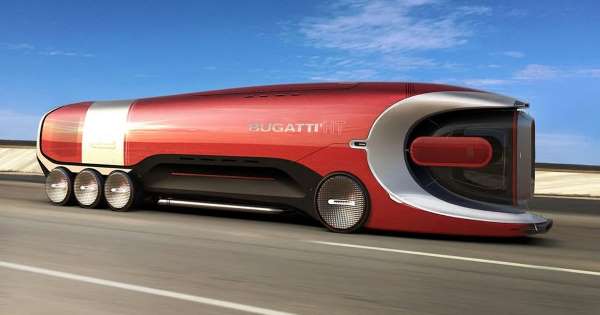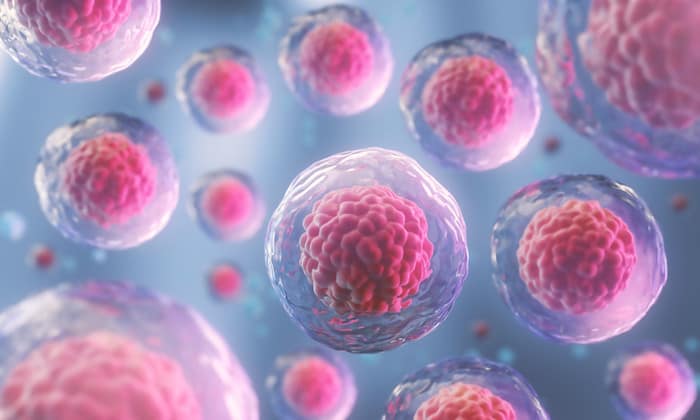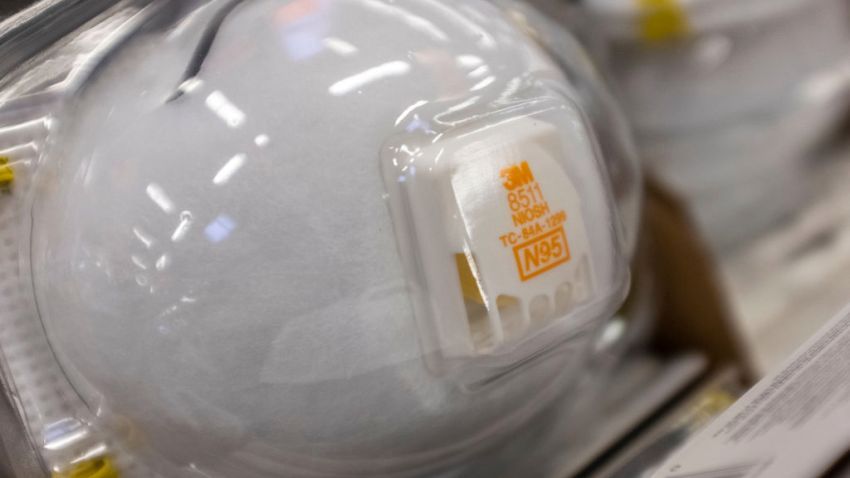Get the latest international news and world events from around the world.

Can bacteria help humans fight COVID-19?
When metadata indicate that orally administered probiotic strains can help reduce the impact of colds and flu, does it make you wonder about how they might fare in fighting this current Coronavirus pandemic?

Coronavirus claims 651 lives in 24 hours in Italy
The coronavirus death toll in Italy’s worst-hit region has surpassed 3,450 in the last 24 hours after a rise of 360 fatalities in Lombardy.
Ministers in Rome have been forced to plunge all 60million citizens into lockdown, while ordering all non-essential businesses in the country to shut amid the Covid-19 outbreak.
The pandemic has taken a choke-hold on everyday life, with even Pope Francis retreating indoors to make his weekly address via videolink.



Star Trek’s William Shatner Celebrates His 89th Birthday
He is a life extension proponent. Most recently he had stem cell treatments.
https://r.search.aol.com/…/…/RS=z6jNC56Uy1xYc8k56jUUir9YRk0
William Shatner, who played the iconic Captain James Tiberius Kirk in Star Trek: The Original Series and seven Star Trek films, turns 89 years young today.
Born on March 22, 1931 in Montreal, Quebec, Canada, William Shatner began his career as a Shakespearean stage performer in Stratford, Canada and on Broadway in New York City in the early 1950’s. Though his first appearance in cinema was that of a minor role in the 1951 Canadian film The Butler’s Night Off, Shatner’s prominence in film did not arrive until his second debut in 1958 as Alexey Karamazov in The Brothers Karamazov, a film adaptation of one of Fyodor Dostoyevsky’s literary works. During that time, he played a major role as Jim Whitely in The Glass Eye, an episode form the third season of the television series Alfred Hitchcock Presents. In 1959, William Shatner performed on stage in Broadway once again as Lomax in The World of Suzie Wong; his outstanding performance was received very well by critics, which earned him greater repute in the theatrical and film community.

PG&E Donates 1M Masks to Hospitals, First Responders
PG&E is donating nearly 1 million protective masks from the supply it keeps on hand for crews responding to fires and construction zones, to distribute to California hospitals and first responders, company officials said Friday.
The 480,000 N95 masks and 470,000 surgical masks will go to the Governor’s Office of Emergency Services, for hospitals and those on the front lines facing a critical shortage of protective equipment.
The company maintains a supply of masks for utility crews working in construction zones or responding to wildfires, Andy Vesey, PG&E CEO and president said.

Germany Bans Gatherings as Europe Intensifies Bid to Check Virus
European nations tightened restrictions designed to check the spread of the coronavirus, with Germany banning gatherings of more than two people, Spain moving to extend a state of emergency and Italy ordering a halt to domestic travel.
While Germany stopped short of confining people to their homes, it will prevent citizens meeting in groups for at least two weeks, with only families and people sharing a home exempt, Chancellor Angela Merkel said Sunday. Restaurants will be closed except for takeout and delivery services.
“No one wants to stand before the people and discuss such rules,” Merkel said at a news conference in Berlin after a video conference with regional leaders.

Denver hotels face closing or operating near empty as state stands to lose 72,000 industry jobs
At least five downtown Denver hotels have closed temporarily to stem the coronavirus spread, and the statewide industry is bracing for a hit that could lead to as many as 72,000 job losses in a sector that produces a $13.4 billion annual gross domestic product statewide.
While only a handful of mountain resorts had shut down by early this week, that number has ballooned in recent days as hotels across the metro region are reporting vacancy levels below 10% during a month many had predicted would be record-setting, Colorado Hotel and Lodging Association President/CEO Amie Mayhew said. Among those that have announced they will shutter until May 11 or 12 are the Grand Hyatt Denver, the Oxford Hotel, the Crawford Hotel and The Maven Hotel at Dairy Block.
All of those except for the Grand Hyatt are operated by Sage Hospitality Group of Denver, whose CEO, Walter Isenberg, issued a letter Thursday saying he’d made “the very difficult decision to temporarily suspend business operations at a portion of our hotels and restaurants in order to protect the health and safety of our guests, our associates and our communities.”
